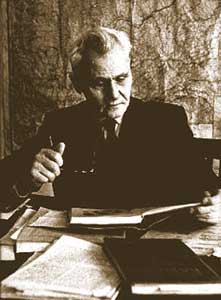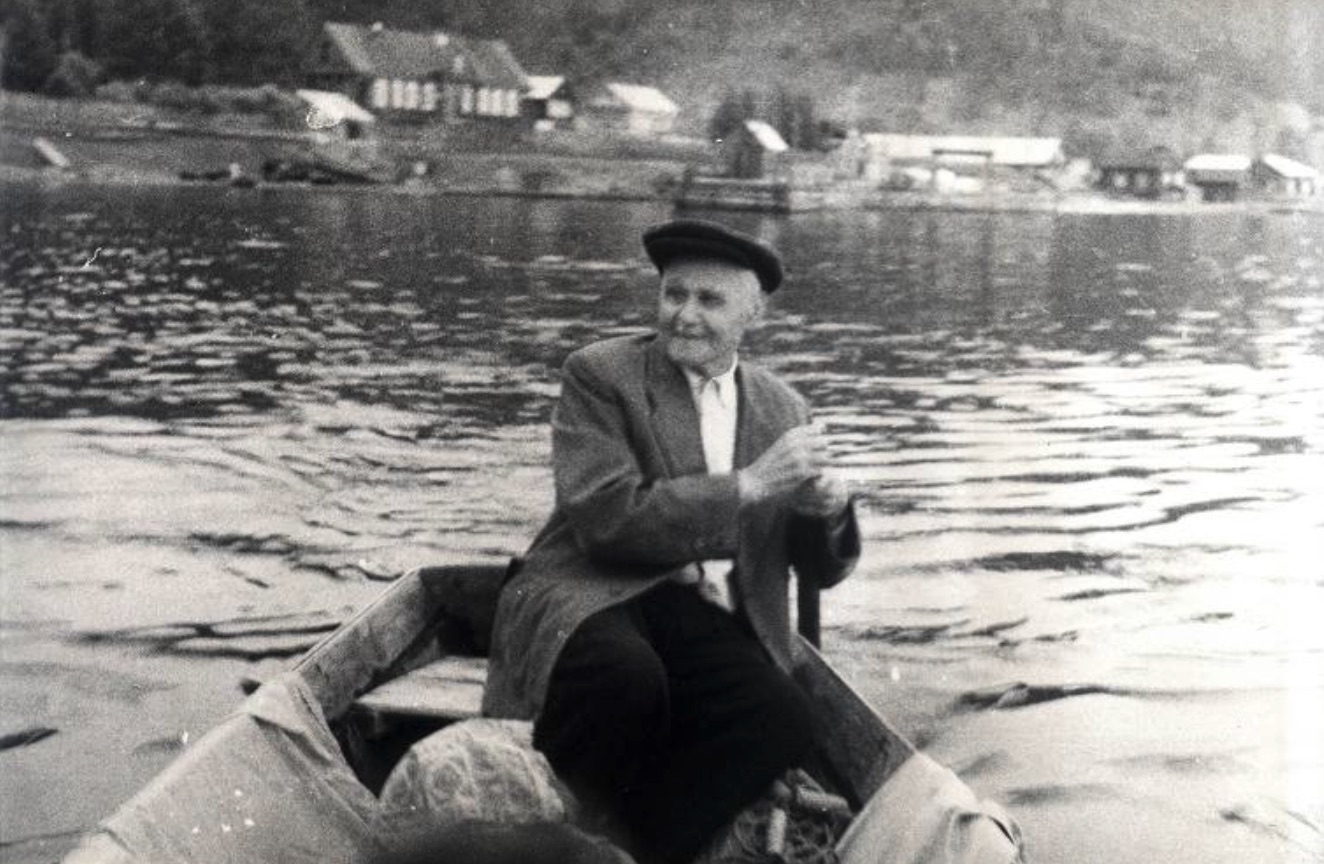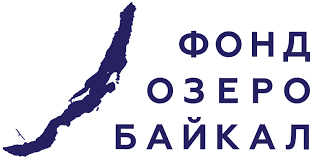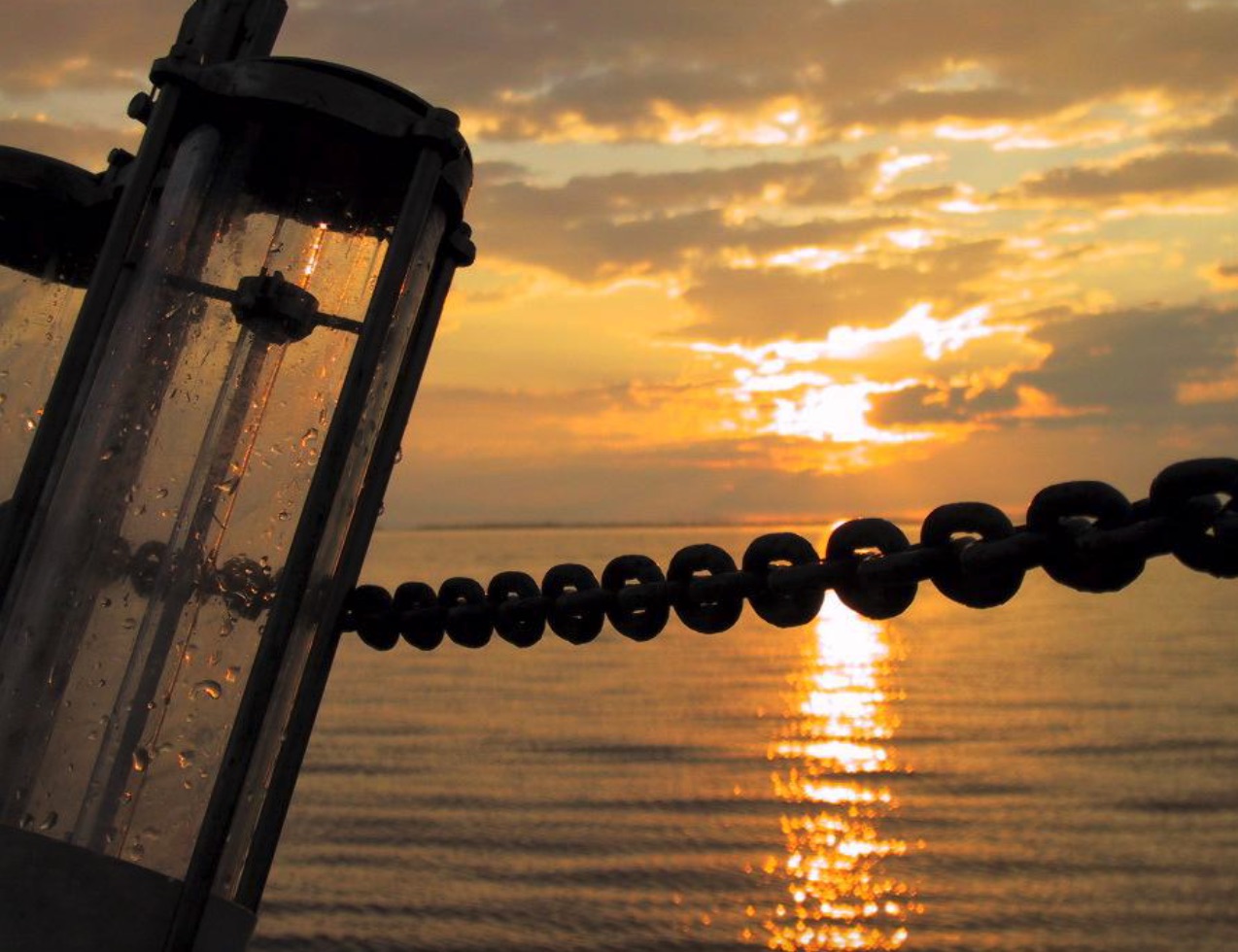“Point No. 1”
Long Term Ecological Monitoring of Lake Baikal
Starting February of 1945, the Institute of Biology at Irkutsk State University has fulfilled and perpetuated long term ecological monitoring of Lake Baikal. Regular sampling, conducted through numerous collection sites at various locations and depths, as well as weekly sampling at “Pelagic Station Number 1” (Also known as “Point No. 1”) is located in the southern portion of Baikal, across from the small village of Bolshie Koti. Data, focussed on the collection of phtyo- and zooplankton, are collected in a single digital database.
This massive collection of data quite simply has no equal. The project is unique with respect to any and all long term ecological monitoring projects in the world, simply by its duration extending 20-30 years longer than analogous projects, surpassing them in collection size (30 - 50 samplings per year, in comparison with the usual 5-12). With modern times, the databases are undergoing modernization, as the databases consists of more than 5 million annotations that are actively used in numerous scientific research projects.
“Point No. 1” is the first and most contunuous project of this nature, bring it into recognition in the Book of Records of Russia as the most continuous and long running (70 years) of long term ecological monitoring project in the history of science.
|
The History of “Point No. 1” 30 years prior to the dawn of long term ecological monitoring projects, Professor M. Kozhov, director for the Biogeographical Research Institute at ISU (now the Biological Research Institute at ISU), implemented the first system of long term ecological monitoring at Lake Baikal. Since 1926, the first director of the field biostation at Institute of biology at ISU, Vladislav Nikolayevich Yasnitsky began yearlong observations of planktonic community structure at Baikal (nearly Bolshie Koti). Through his study of Baikal phytoplankton, he discovered the phenomenon of massive, under-ice algal community development. Since 1945, sampling regimes have become more and more regular. Since then and to current day, samples are collected every 7-10 days at “Point No. 1” near the biological field station at Bolshie Koti with stationary probes at depths ranging from 0 to 700 meters. The data consist of the most important hydrophysical indicators (such as transparency and water temperature at various depths), hydrobiological indicators (such as phyto- and zooplankton population size composition), and later including microbiological and primary producer indicators, as well as chlorophyll “a” concentrations. |
 |
|
|
Excluding yearlong sampling at “Point No. 1”, regular Circum-baikal expeditions occur in late summer, during which researchers collect plankton samples at 69 permanent sites throughout the lake.
In the 1970s, Professor O. Kozhova organized the original digital databases of ecological data (one of the first in the world), which is constantly added to with new results and observations. In the 1980s, she improved the databases. In the 1990s, she enhanced the databases with the advent of personal computers, as being able to organize data in digital tables. |
|
Beginning in 2005, the collection of data (as intellectual property) was confirmed and registered in the Russian Federation:
|
|
Organization and Techniques of Monitoring
The main particularity of work at “Point No. 1” is that methods and analytical techniques of collected samples has not changed drastically since the creation of the monitoring project. This conservative approach lends limitless potential in comparison to data collected through pure observation. More detailed information about monitoring techniques and analysis… |
|
“Point No. 1" in comparison with analogous research projects in the world
Having been organized by Prof. M. Kozhov, the system of long term ecological monitoring at Lake Baikal lacked all equals in the 1940s and 1950s, and even later when long term ecological monitoring projects were established at to measure plankton community structure at Lakes Michigan, Kinneret, Constance, Geneva, an approximately 50 other notable lakes. When the long term ecological monitoring was established at Lake Michigan in 1957, samples were collected every other month, and later monthly. Monitoring at Lake Kinneret began in the 1960s, with samples collections once per month. Analogous research at Lake Geneva began in 1974, with samples often being collected once per month. |
 |
|
Not one of these fellow long term ecological monitoring projects as of recent days does not contain such mutlifunctional capabities (such as quantity of samples at a given station per year, and quantity of stations throughout a studied ecosystem), as well as the sheer collection of monitoring observations in current limnological studies throughout the world do not compare with original project started by Prof. M. Kozhov. |
|
 |
Commentary on the Project The Lake Baikal long term monitoring project has received high approval ratings from well known specialists working in the field of ecological monitoring. As V.K. Shitikov, G.S. Rosenberg, T.D. Zinchenko write (2005): “In a certain sense, this classical genre serves as a foundation for hydrobiological datasystems at Lake Baikal, coming forth mostly in the 1970s when Irkutsk State University worked in collaboration with the Siberian Branch of the Russian Academy of Sciences. This diverse database characterizes a well-organized database of results and observations of photosynthesizers and nanoplankton communities over an extended period of time (with population dynamic data for more than 50 years). Hydrobiological measurements are synchronized in the database with observational data of hydrochemical monitoring, sufficing a wide range of factors, characterized to a highly level of accuracy. The entire composition and representative databases became the foundation for mathematical modellings of seasonal ecosystem dynamics and nutrient cycling in the lake (Meshutkin et al., 1978, 1981; Methods in Forecasting…, 1985).” |






